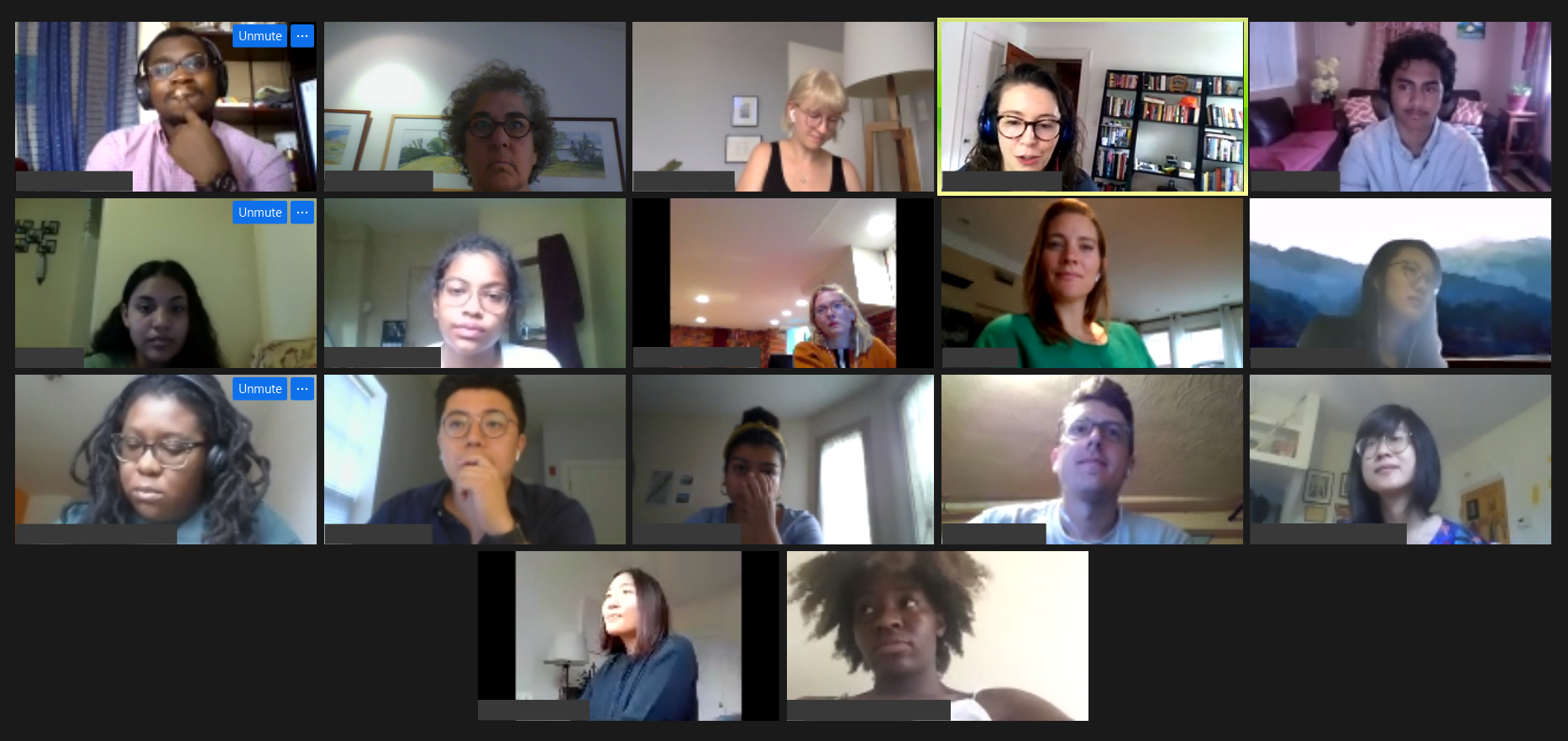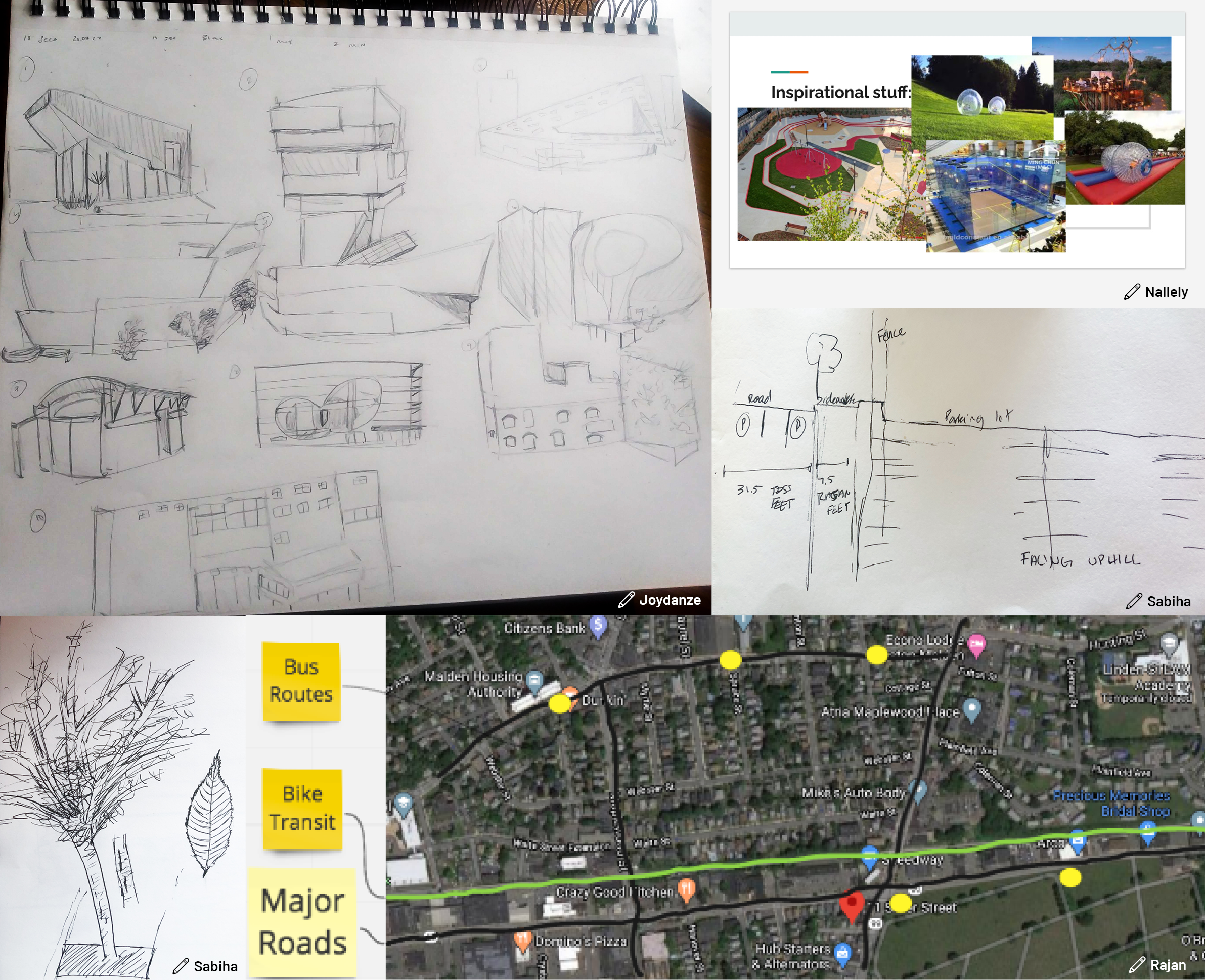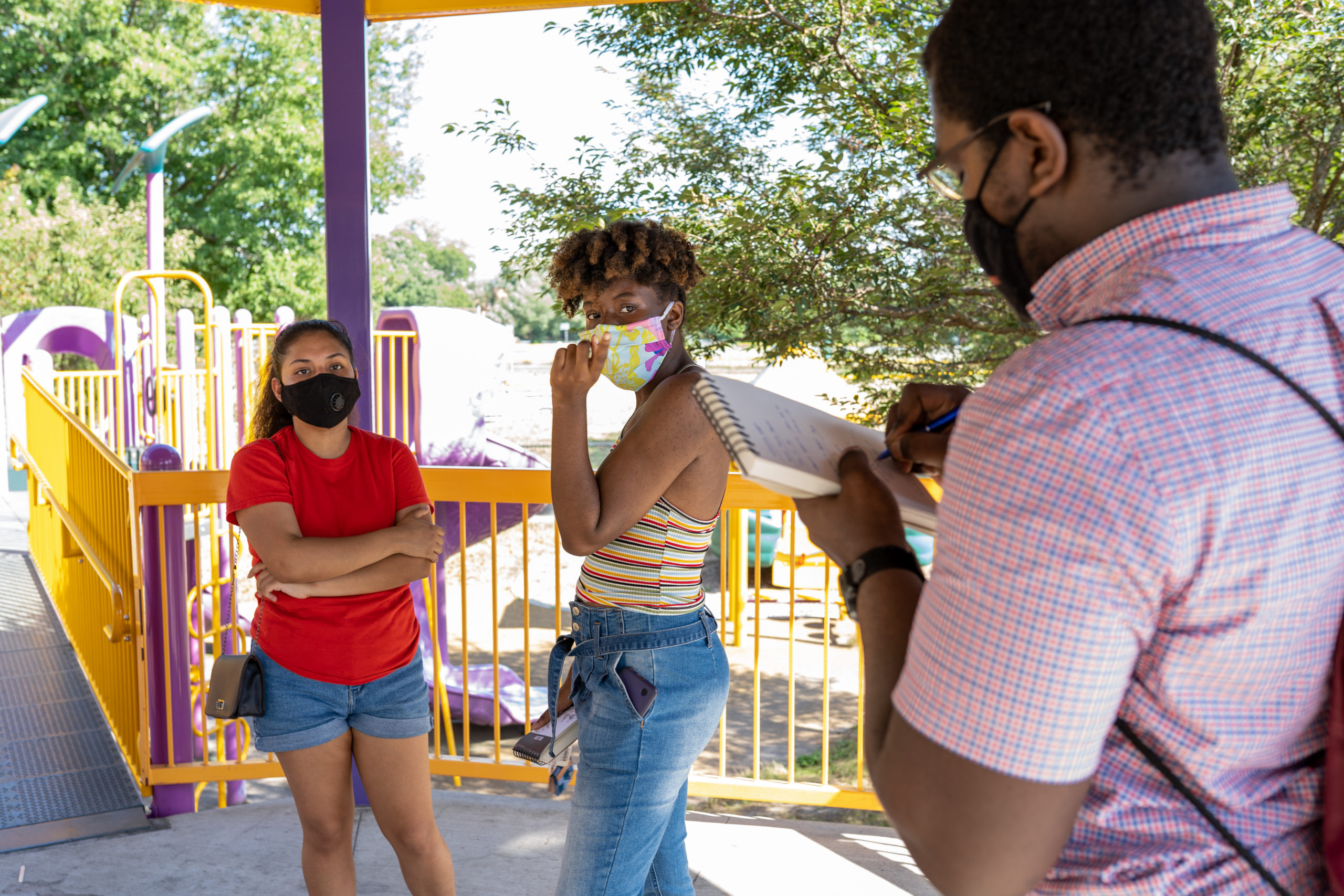August 10, 2020
SEED Students Explore Classroom Design for a Mid-Pandemic Era
Hana Estice
The Sasaki Foundation kicked off its annual Summer Exploratory Experience in Design (SEED) program in partnership with American Student Assistance (ASA) earlier this month. SEED is a six-week paid internship structured holistically around introducing young high school students to the world of design. Through the program, we hope to collectively build a culture of equity in the design field by showing young students alternative career paths to industries they may never have known existed or were available to them.
Over the last few weeks, four students from Somerville High School, New Mission High School, and the John D. O’Bryant School of Mathematics and Science have begun designing mobile classrooms in their neighborhoods of Somerville and Mattapan. Working from guidelines released recently by the Massachusetts Department of Elementary and Secondary Education, the students are designing temporary classrooms that are safe for learning during the pandemic. As they work on their designs, students will explore infrastructure, construction materials and techniques, virtual learning requirements, social distancing guidelines, and classroom design.


Lily Ornelas, Manager of Programs and Curriculum at ASA, shared, “The SEED program does an excellent job at providing students with opportunities for them to envision themselves in careers in design. It is perhaps even more important now, given the uncertainty students face in this COVID-19 reality. We are proud at ASA to support a program that empowers students through career exploration by designing experiences for students that has them thinking about relevant issues, like what going back to school would like look like in our new reality and for their communities. ”
Each week, students work closely with design mentors from Sasaki to learn about an aspect of the design process. The mentors who come from the fields of architecture, interior design, landscape architecture, and urban planning—teach drawing and computer software skills, facilitate design charrettes, and share their experiences of working on world-class design projects.
The Foundation would like to thank this year’s mentors for their contributions to the SEED program: Meredith McCarthy, AIA; Madelyn Albright; Diane Athaide; Chanwoo Kim, LEED AP ND; Elaine Limmer; Breeze Outlaw, ASLA; Emily Parris, LEED AP; Ponnapa Prakkamakul, ASLA, PLA, LEED AP ND, SITES AP; Robert Sugar; and Lanmuzhi Yang, LEED AP ND.


Although the program is virtual this year, once a week students will go out into their neighborhoods for a site visit. Last week, students visited the locations they selected for their mobile classrooms and discussed their thinking behind their choice. Students will also participate in weekly interviews with Sasaki principals, where they have the opportunity to ask the firm’s leadership about their paths in the design world. Two teaching assistants help lead the program: Shemar Stewart, a junior at University of Massachusetts, Amherst, and Tess McCann, a graduate student at MIT. Stewart was a teaching assistant in last year’s program, as well as a participating student the year before.
After working with the students during the program’s second week, Sasaki mentor Elaine Limmer reflected, “Engaging with the four incredible students gave us a valuable learning opportunity to see the city planning and design through their perspective. Their passion for their neighborhoods was inspiring, and we’re looking forward to seeing their creativity come through in their projects this summer.”
